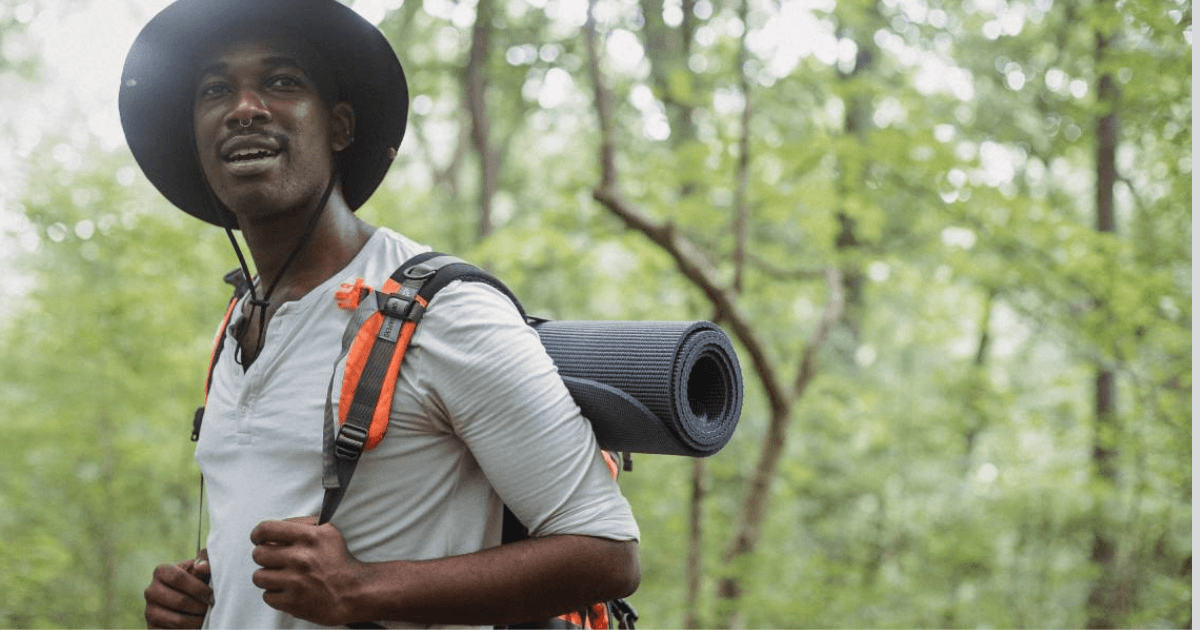As Consumers Get Out, Will Brand Sales Go Up?

By Mark Seavy
Consumers are heading outdoors in droves this summer, but there is no guarantee that sales will follow amid rising prices. Whether outdoor brands will suffer the slowing sales that have hampered other categories remains an open question.
Nearly 70% of 2,400 consumers polled by The NPD Group in April indicated they planned to participate in one or more outdoor sport or recreation through the end of the year. At the same time, however, a separate survey of 2,410 consumers by Civic Science showed that when it comes to items such as hiking footwear, camping gear, bicycles, and kayaks, there was a willingness to forego purchases. Those polled said they wouldn’t spend money on apparel (49%) or equipment (48%), according to Civic Science, though 42% said they were inclined to wait for forthcoming sales and discounts.
These trends are being seen across categories as consumers hunker down amid increased inflation. Product price discounts are readily available as retailers seek to shed excess inventory, however, and brands are seeking to stand out with promotions and licensing deals.
For example, grill maker Traeger—which earlier this year launched internally developed meal kits—introduced “Meat Sweats” sweatpants complete with loops for attaching cooking utensils and tools. And the U.S. Ski, Snowboard and Freeski Team signed a new eight-year licensed apparel deal with Italian sportwear supplier Kappa. The new pack ended an agreement with Authentic Brand Group’s Spyder brand that ran for 33 years and included snowboarding, which wasn’t covered under the Spyder deal.
Delta Apparel’s Salt Life outdoor brand—which has multiple licensing agreements, including one for Salt Life Lager with Abita Brewing Co.—recently reported a 25% increase in sales in the third quarter ended July 2. Overall, Delta, which also owns the Soffe and DTG2GO print-on-demand brands, posted a 6% rise in third-quarter revenue to $126 million.
“As we get into the back half of the year, inventory levels are going to start to normalize or exceed pre-pandemic levels and retailers are going to have to make some choices about how they handle and manage their inventory,” NPD executive director Dirk Sorenson said at the Outdoor Retailer show in June. “In the last 12 months, we’ve seen a sharp reduction in promotional activity at a retail level. Retailers are going to be invited to return to that behavior. The fundamental success in avoiding the consumer’s desire to drive down price or buy products at a lower price is going to be in innovation. We’re seeing that happen in the outdoor space quite a bit.”
What’s needed in the outdoor retail business is a unified approach to merchandising, licensing executives said. Rather than having separate areas for footwear and hydration, the two sections could be combined to provide a better story for consumers. And sustainability will certainly be a focus moving forward.
That much was clear at the Outdoor Retailer show, where footwear supplier Lamo introduced new sandals and slides that were created with corn-based leather or bamboo-knit uppers. The company will launch slip-on shoes next year that feature soles made from five cups of recycled coffee grounds and uppers fashioned from recycled plastic bottles. Scarpa will ship trail running shoes next year made from 100% recycled materials, meanwhile, and Helly Hansen’s hard shell jacket is made from 68% recycled plastic.
“There’s a significant amount of storytelling potential in the outdoor market that can help sell the product in addition to addressing climate issues that appeal to younger consumers,” the licensing executive said.




